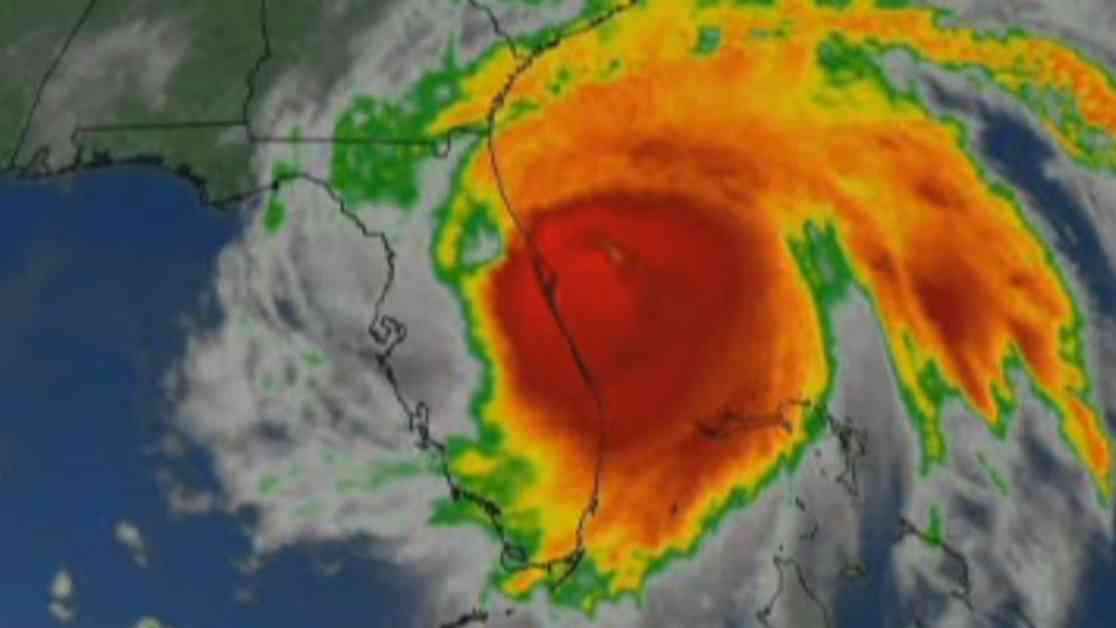The 2025 Hurricane Season Outlook: Anticipating an Active Year
The Colorado State University research team, spearheaded by senior researcher Phil Klotzbach, PhD., recently unveiled their preliminary forecast for the upcoming Atlantic hurricane season of 2025. With projections pointing to a more active season than usual, the team anticipates the formation of 17 named storms, nine hurricanes, and four major hurricanes in the Atlantic basin, spanning from June 1 to November 30. While a typical year typically sees 14 named storms, seven hurricanes, and three major hurricanes, this year’s forecast slightly exceeds those averages.
One of the primary factors contributing to the expected heightened activity is the warm temperature of the Atlantic waters. Despite being slightly cooler than the previous year, the Atlantic waters remain warmer than average. This elevated temperature serves as a catalyst for hurricane formation, as warm water holds more energy, providing ample fuel for storm development.
Understanding the Impact of ENSO
In assessing the potential intensity of the upcoming hurricane season, researchers also take into account the El Niño Southern Oscillation (ENSO). This phenomenon refers to the cyclical variations in sea surface temperatures in the equatorial Pacific Ocean, encompassing both El Niño and La Niña conditions. During an El Niño phase, the Pacific waters are warmer than usual, resulting in unfavorable wind patterns over the Atlantic that impede hurricane formation. Conversely, La Niña periods feature cooler Pacific temperatures, fostering calmer wind conditions in the Atlantic conducive to hurricane development.
For the 2025 season, a “neutral” ENSO pattern is forecasted, indicating near-normal temperatures in the Equatorial Pacific. This neutral phase suggests that the ENSO conditions are unlikely to significantly influence hurricane activity in either direction.
Preparedness for the Impending Season
As the Colorado State University team continues to monitor global weather patterns and revise their forecast throughout the hurricane season, the initial outlook serves as a timely reminder for residents to prepare for potential land-falling storms. With hurricane season looming on the horizon, it is crucial for individuals residing in the tri-state area to develop and implement a comprehensive emergency plan to safeguard themselves and their loved ones in the event of a storm.
The evolving nature of weather patterns underscores the importance of remaining vigilant and proactive in the face of potential natural disasters. By staying informed, staying prepared, and staying connected with local authorities and emergency resources, individuals can navigate the uncertainties of hurricane season with greater resilience and readiness.
In conclusion, while the forecast for the 2025 Atlantic hurricane season points towards increased activity, proactive measures and strategic planning can empower communities to mitigate risks and enhance their overall resilience in the face of potential storms. As we brace ourselves for the impending season, let us prioritize preparedness, safety, and unity in safeguarding our homes and communities from the impact of natural disasters.














